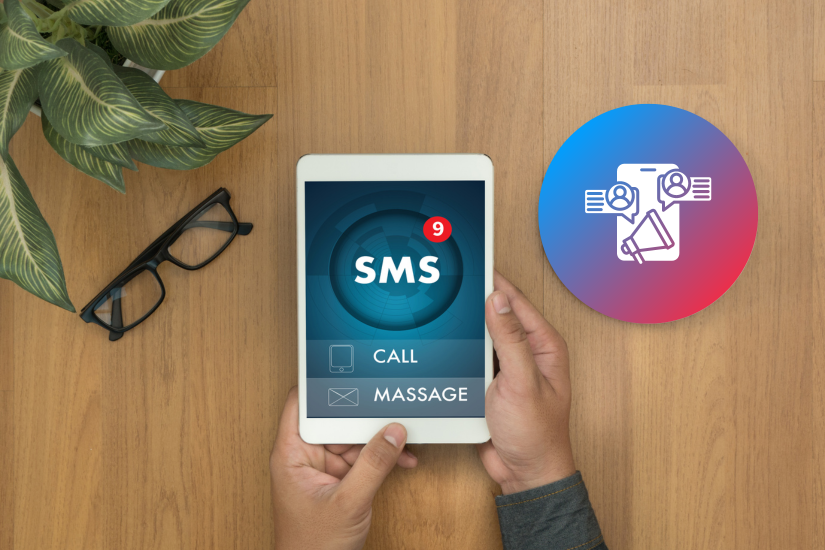
In today’s hyper-connected world, where consumers are inundated with various marketing messages from countless brands, standing out and capturing attention has become increasingly challenging. Amidst this digital noise, SMS marketing emerges as a potent tool for e-commerce businesses, particularly those operating on platforms like Shopify. With its direct and personal approach, SMS marketing has proven to be highly effective in driving conversions and fostering customer engagement. However, to harness its full potential, businesses need to implement strategic approaches tailored to their specific audience and objectives. In this blog post, we’ll delve into some effective strategies for creating high-converting SMS marketing campaigns for Shopify stores.
Strategies for SMS Marketing for Shopify
1. Segmentation is Key: One of the fundamental principles of successful SMS marketing is segmentation. Rather than sending generic messages to your entire subscriber list, segment your audience based on demographics, purchase history, browsing behavior, or any other relevant criteria. Shopify provides valuable insights into customer data, which can be leveraged to create targeted segments. For instance, you can send exclusive offers to first-time buyers, product recommendations to frequent shoppers, or reminders to customers who abandoned their carts.
2. Craft Compelling Messages: With SMS marketing, you have limited space to convey your message effectively. Hence, it’s crucial to craft concise and compelling messages that capture attention and drive action. Use persuasive language, compelling CTAs (Call to Actions), and incentives such as discounts or limited-time offers to entice recipients. Additionally, personalize messages whenever possible by addressing subscribers by name or referencing their past interactions with your store.
3. Timing is Everything: Timing plays a critical role in the success of your SMS campaigns. Sending messages at the right time can significantly impact open rates and conversion rates. Analyze your audience’s behavior to determine the optimal times for sending messages. For instance, sending a reminder about an abandoned cart shortly after the customer leaves your website can help recapture their interest and prompt them to complete the purchase.
4. Focus on Value-Added Content: Beyond promotional offers and sales announcements, provide value to your subscribers through informative and engaging content. Share relevant tips, product tutorials, or industry insights that resonate with your audience’s interests. By positioning your brand as a valuable source of information, you can build trust and loyalty among subscribers, ultimately driving repeat purchases and referrals.
5. Optimize for Mobile: Since SMS marketing revolves around mobile devices, it’s essential to optimize your messages for mobile viewing. Keep your messages short and easy to read, avoiding large blocks of text or complicated formatting. Ensure that any links included in your messages lead to mobile-friendly landing pages that provide a seamless user experience. Additionally, regularly test your messages across different devices and screen sizes to identify any issues and optimize accordingly.
6. Encourage Two-Way Communication: SMS marketing shouldn’t be a one-way street. Encourage subscribers to engage with your brand by inviting them to respond to your messages, participate in surveys or polls, or join exclusive SMS clubs for VIP benefits. By fostering two-way communication, you can deepen customer relationships, gather valuable feedback, and gain insights into their preferences and needs.

7. Compliance and Transparency: Compliance with relevant regulations, such as the TCPA (Telephone Consumer Protection Act) in the United States, is paramount when conducting SMS marketing campaigns. Ensure that you obtain explicit consent from subscribers before sending them promotional messages and provide clear opt-out instructions in every communication. Transparency builds trust and demonstrates your commitment to respecting your customers’ preferences and privacy.
8. Measure and Iterate: Like any marketing initiative, SMS campaigns require ongoing monitoring and optimization. Leverage analytics tools available within Shopify to track key metrics such as open rates, click-through rates, conversion rates, and ROI (Return on Investment). Analyze the performance of your campaigns and use the insights gained to refine your messaging, targeting, timing, and overall strategy. Experiment with different approaches, A/B test various elements, and continuously iterate to improve results over time.
In conclusion, SMS marketing presents a powerful opportunity for Shopify stores, including those leveraging oodles’ innovative SMS marketing campaign application, to engage customers, drive conversions, and enhance brand loyalty. By implementing targeted segmentation, crafting compelling messages, optimizing for mobile, and fostering two-way communication, businesses can create high-converting SMS campaigns that resonate with their audience and deliver measurable results. With careful planning, creativity, and a commitment to compliance and continuous improvement, e-commerce businesses can unlock the full potential of oodles’ SMS marketing application as a valuable tool in their marketing arsenal.

